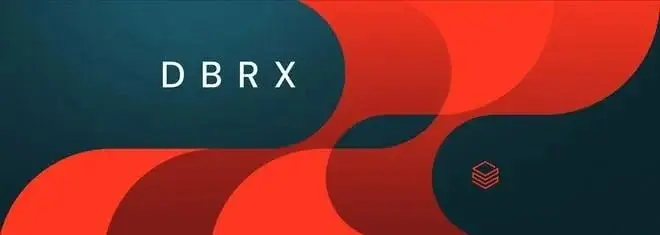A new challenger has emerged in the realm of large language models (LLMs). Databricks, a company specializing in data processing, has introduced DBRX, which they claim to be the most powerful open-source LLM to date. But does it live up to these assertions? Let's delve into the details.
Parameters and Architecture
DBRX makes use of a transformer architecture and showcases an impressive 132 billion parameters. It implements a unique strategy known as a Mixture-of-Experts (MoE) model, comprising 16 distinct expert networks. During any task, only 4 of these experts are active, utilizing 36 billion parameters for efficiency. This approach is similar to what GPT-4 employs.
Performance Comparison
Databricks has compared DBRX with other notable open-source LLMs such as Meta's Llama 2-70B, Mixtral from France's MixtralAI, and Grok-1 developed by Elon Musk's xAI. DBRX reportedly outshines its competitors in various crucial aspects:
- Language Understanding: DBRX achieves a score of 73.7%, surpassing GPT-3.5 (70.0%), Llama 2-70B (69.8%), Mixtral (71.4%), and Grok-1 (73.0%).
- Programming Ability: DBRX leads significantly with a score of 70.1%, compared to GPT-3.5's 48.1%, Llama 2-70B's 32.3%, Mixtral's 54.8%, and Grok-1's 63.2%.
- Mathematics: DBRX secures another victory with a score of 66.9%, surpassing GPT-3.5 (57.1%), Llama 2-70B (54.1%), Mixtral (61.1%), and Grok-1 (62.9%).
Speed and Advancements
Databricks attributes DBRX's speed to its MoE architecture, which is based on their MegaBlocks research and open-source initiatives. This enables the model to generate tokens at a remarkably high rate. Moreover, Databricks positions DBRX as the most advanced open-source MoE model presently available, potentially setting the stage for future advancements in the field.
Open-Source Nature
The open-source aspect of DBRX facilitates broader adoption and contribution from the developer community. This could expedite further progress and potentially cement DBRX's status as a top-tier LLM.


Leave a Reply